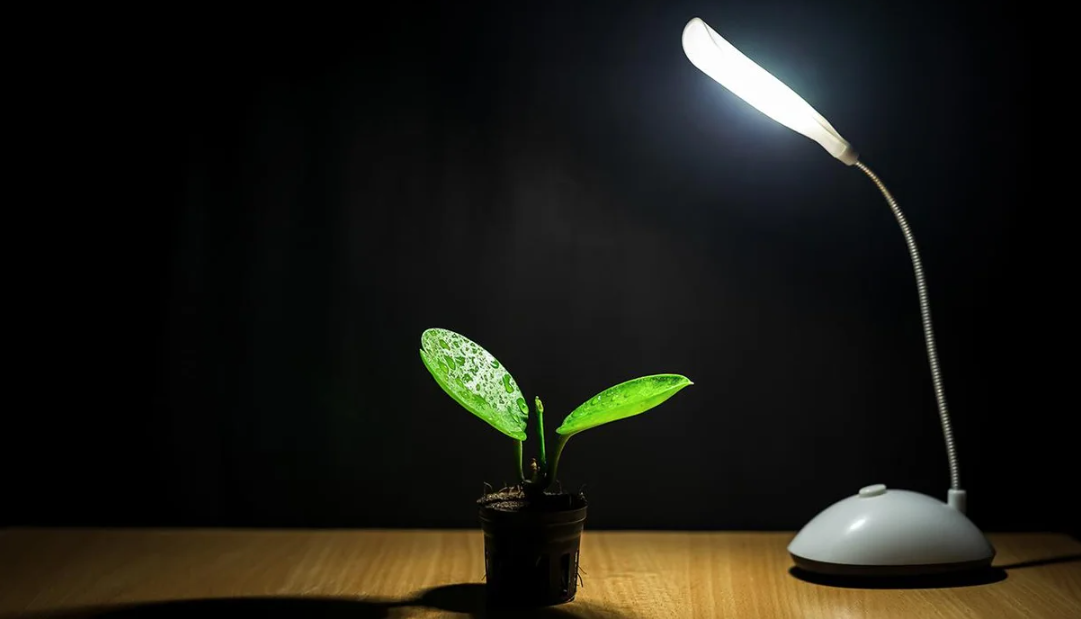If you have indoor plant roots that are sick or dead, then you know the pain of dealing with them. It’s hard to deal with if you have spent a lot of money on indoor plantings only to have them destroyed. Even if you’ve tried several things to get your indoor plantings healthy again, you may find yourself still dealing with a sick indoor plant. The reason is rotted indoor plant roots.
Basics
So how do you deal with them? One thing you can do is to water your plants. Watering your plants will help remove some of the extra moisture that can cause the roots to become sick. You can also use soil retardants to help the soil hold onto moisture.
But there are other ways to prevent a sick indoor plant from growing back. You need to make sure that when you buy an indoor plant that it has been through proper care. First, check the packaging to see if there is a label saying this plant was handled by a specialist. Make sure that you read this part of the label carefully as not all specialists are the same. You should also ask the salesperson for proof of who did the caring for your indoor plant.
Next, check the roots of your plant. If you notice any damage to the roots or anywhere near the roots, you should immediately remove the plant and call a specialist to handle it. The sooner you catch the problem, the easier it will be to treat the plant. Your indoor plant could grow back healthy again, but it won’t happen in a hurry if you take care of your problem now.
Don’t use too much pressure when detaching your plant. Don’t pull on the root ball because it will only strain the plant. If the plant is still alive, use your fingers to squeeze out the air from around the plant and make sure that it snaps back into place. This can be difficult if you have a plant that is not a caged specimen. You should remove it and place it in a plastic bag to keep the roots moist while you work on dethatching.
Water
You can help your roots grow healthy and strong by giving them access to water. Water your plants to encourage new growth. It is also important to make sure that the area where your water is dry because stagnant water can be unhealthy for your plant. If the area is constantly wet, the roots will eventually rot because they can’t absorb the moisture they need.

To help your indoor plant continue to look good and perform well, you need to monitor the health of your indoor plant. You can do this by using light. Use one that gives off a high level of intensity so you can see any sign of leaf wilting or distortion. If there are leaves that are discoloured, reduce watering or fertilize with less fertilizer. These simple techniques can help you know how to take better indoor plant care.
More Tips
Plants can be an integral part of your interior design. The type of plant that you choose is entirely up to you. Just remember that proper indoor plant care is essential for a healthy indoor plant as well as for the health of the environment. Make sure you have the basics down before you start planting anything.
One big part of indoor plant care is to have patience. Any indoor plant care plan is going to take time, but you have to make sure that you are not in a hurry to get the results that you want. Your indoor plant’s health depends on you taking the time to ensure it gets the nutrition it needs. This means that you have to check the soil for pH levels and other factors.
Another important thing that you need to keep in mind when you’re working on your indoor plant care is that you must keep things clean. This means that you have to remove any excess nutrients or water from the soil to keep it healthy. This can prevent mould problems and fungus from growing on your indoor plant, which can make your indoor plant sick.
There is no way to avoid problems if you’re going to be gardening indoors. But with a little bit of work, you can find ways to make sure your indoor plant continues to look great. The biggest part of indoor plant care is giving it time to grow properly. And if you follow these tips, you’ll be able to provide your indoor plant with everything it needs to thrive.




